N 47°31’06.9″ E 18°28’03.7
The third stop of the ROM Vándor (RUIN Rover) programme is the Csákányospuszta church ruins on the outskirts of Tatabánya. The company coordinated and self-financed the preparation, permitting and construction of the special trade works necessary for the preservation of the ruins, as well as the complete rehabilitation of the structure, thus saving Tatabánya’s only remaining architectural heritage from the Árpád era.
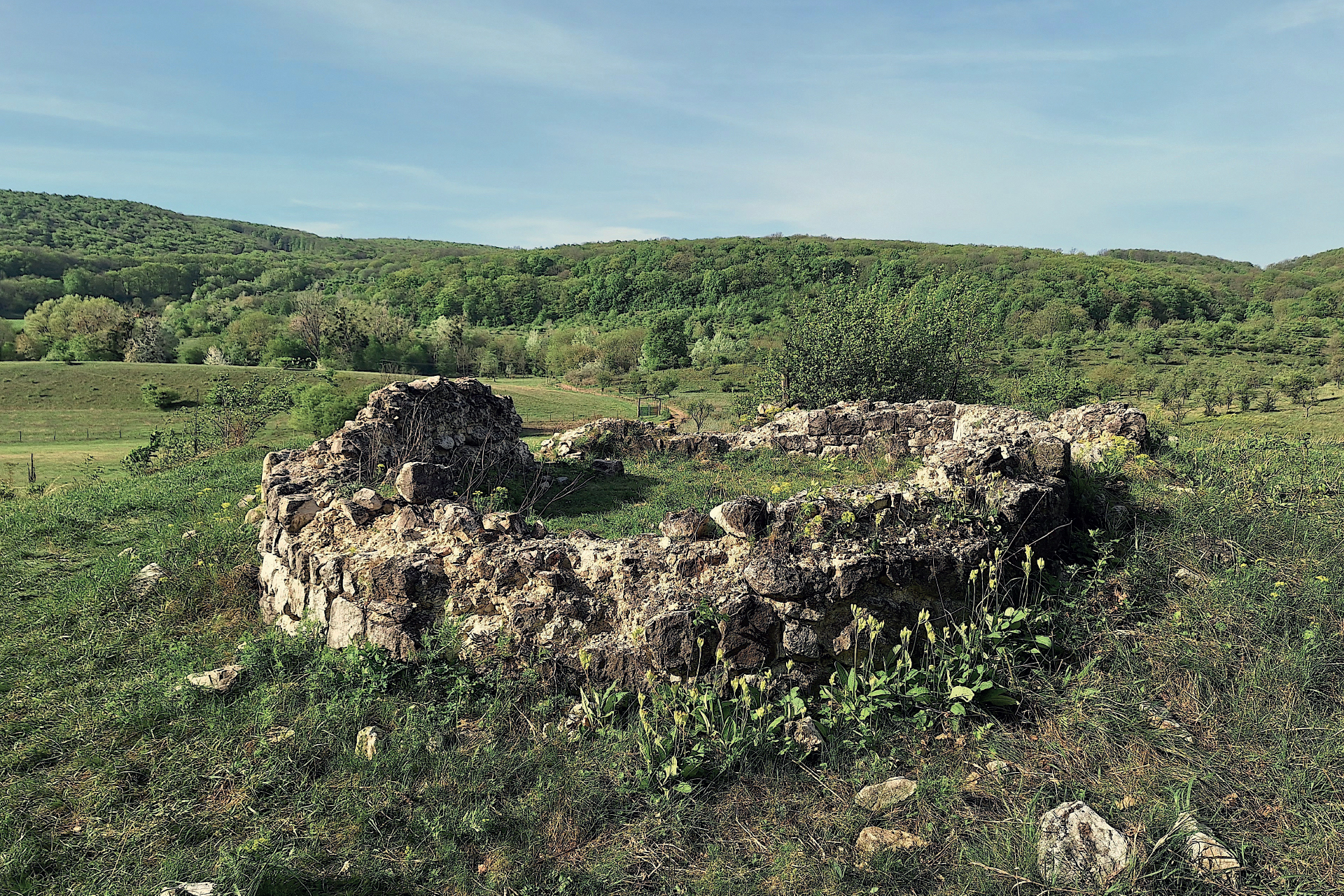

Ruin history
The ruins are the remnants of a single-nave little church of the Árpád-era, with horseshoe-shaped sanctuary, oriented to the northeast. The ruins of the structure were uncovered by archaeological research in 2003-2005. Based on the Romanesque-style, blind-arcade decorated and semicircular-headed window fragments with inward widening, preserved in the Tatabánya Museum, the church may have been built for the village of Csákányegyház at the turn of the 12th and 13th centuries. The excavation of 144 graves to the north and east of the church has revealed traces of a burial, as well as the remains of a pot containing grain seeds, presumably used as a ‘construction sacrifice’, inside the churchyard. Other remains of the settlement, which was depopulated in the 15th century, could not yet be found. The church ruins of Csákányospuszta are a fragmentary memorial of the almost 800-year-old settlement.
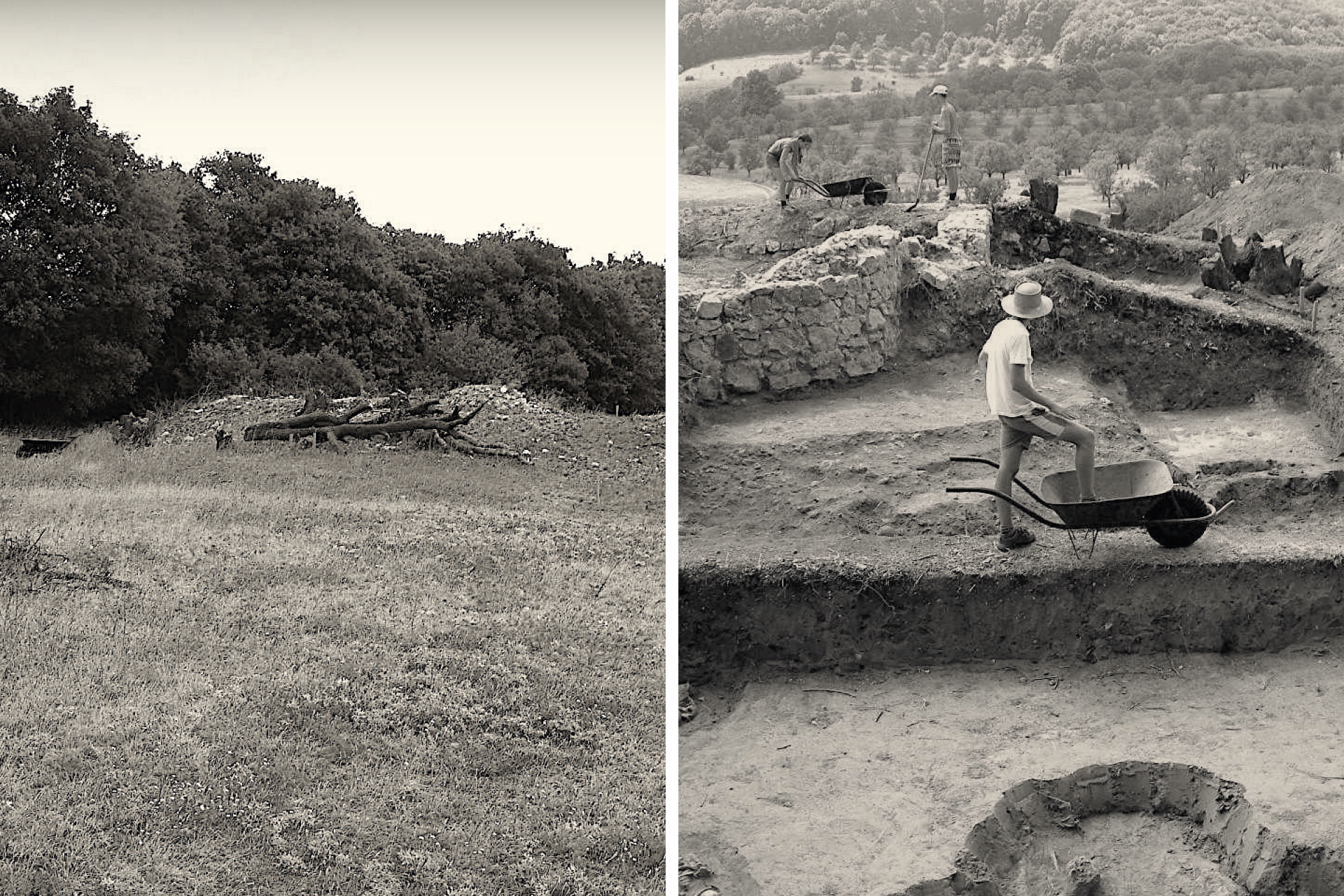
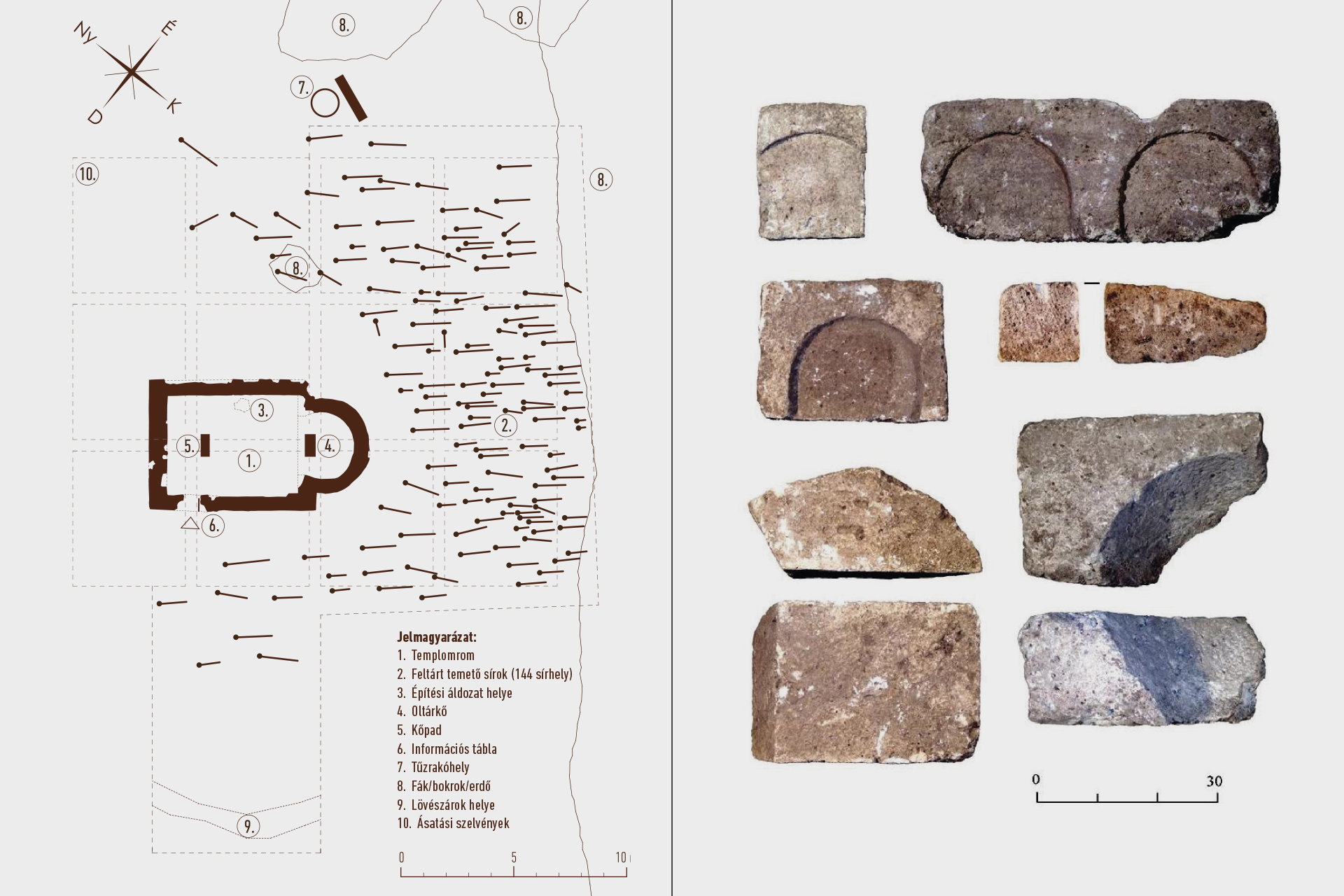
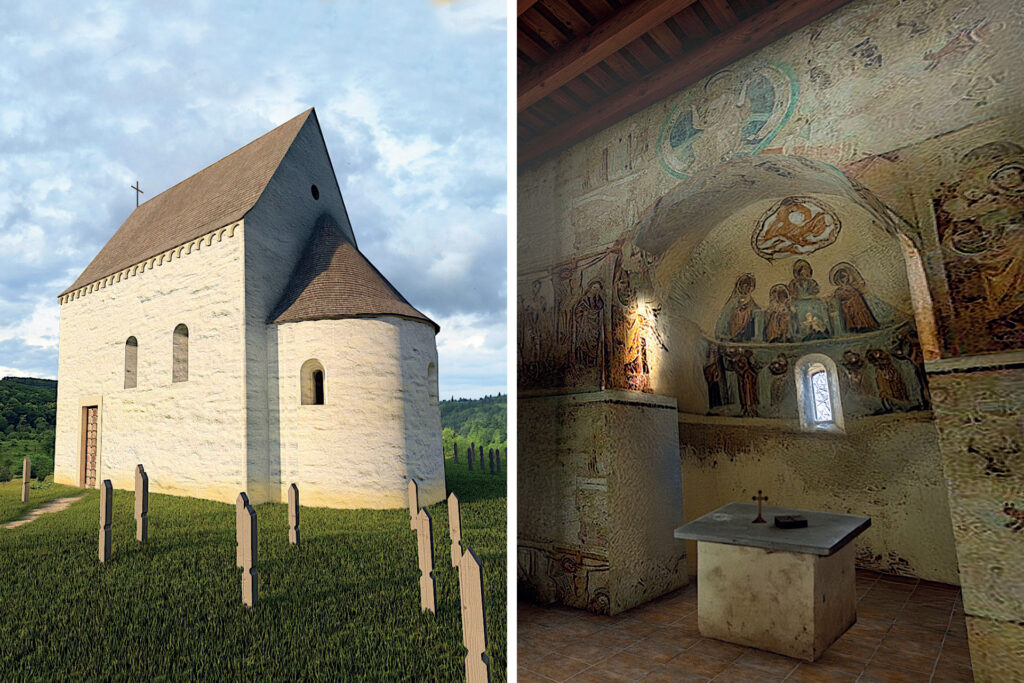
The memory of an 800-year-old settlement
The village of Csákányegyház, which had perished by the modern era, is mentioned in medieval sources. Although the exact location of the village remains uncertain, the location of the church was known as early as the 1950s. Systematic research was carried out in the early 2000s, when János László, an archaeologist from the Tatabánya Museum, unearthed the remains of the village church from under the densely vegetated hill. From the cemetery around the church (mostly in the north-east direction), 144 gravesites were uncovered, oriented along the axis of the church.
The former church on the high ground was the usual Árpád-era single-nave building, decorated also with carved stones. During excavations, carved stones belonging to the church entrance, the font, the façade cornices and the windows were found. The original flooring was completely destroyed by previous disturbances and no tombs were found inside the church.
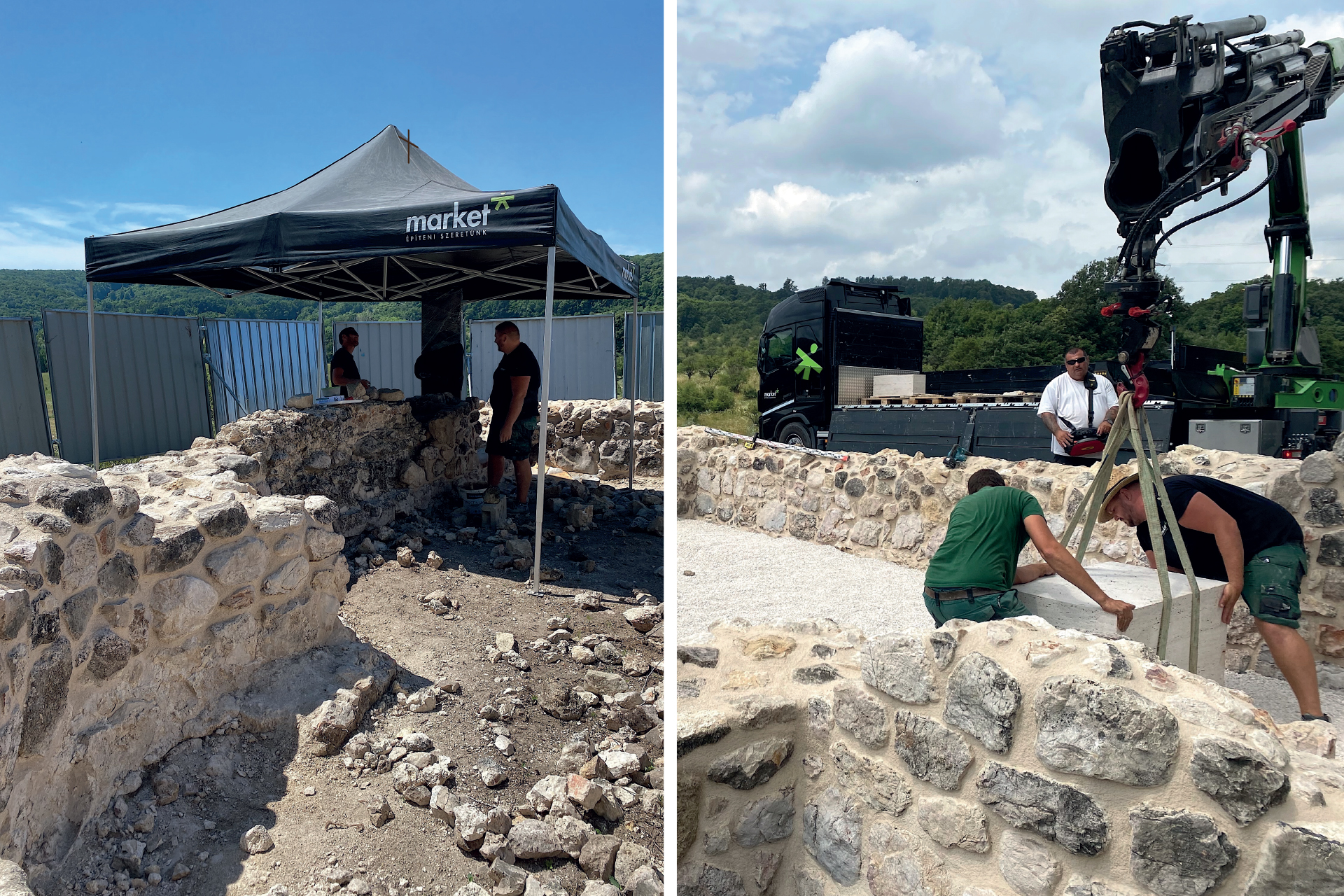

ROM Vándor
The stones of the remains of the wall were carried away year after year, and the programme was used to excavate the decaying ruins at the “24th hour”. As part of the restoration, the medieval stonework was professionally conserved, with additions made to stabilise the remaining wall fabric. The renewed masonry was built using original stones collected nearby and provided by the Tatabánya Museum.

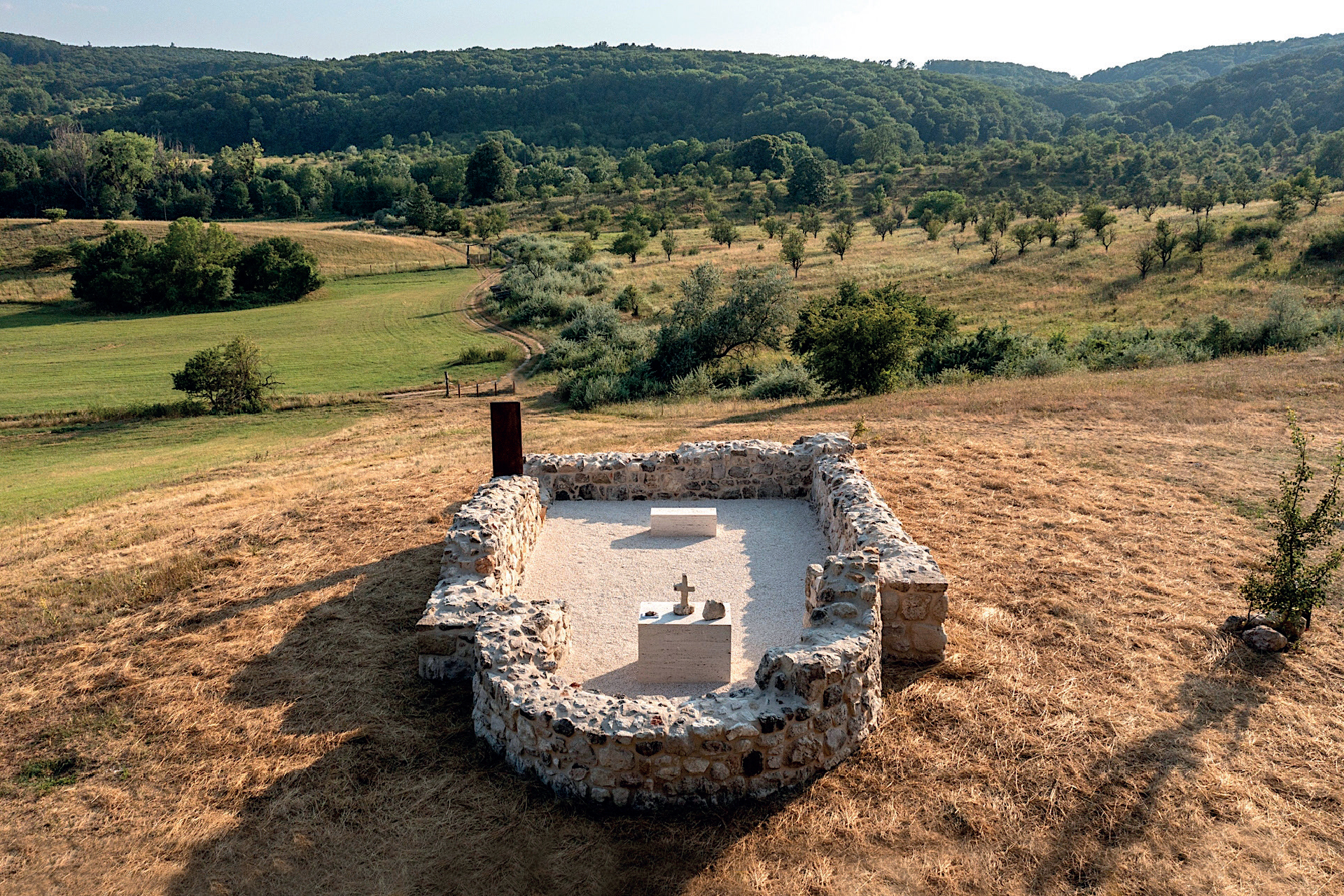
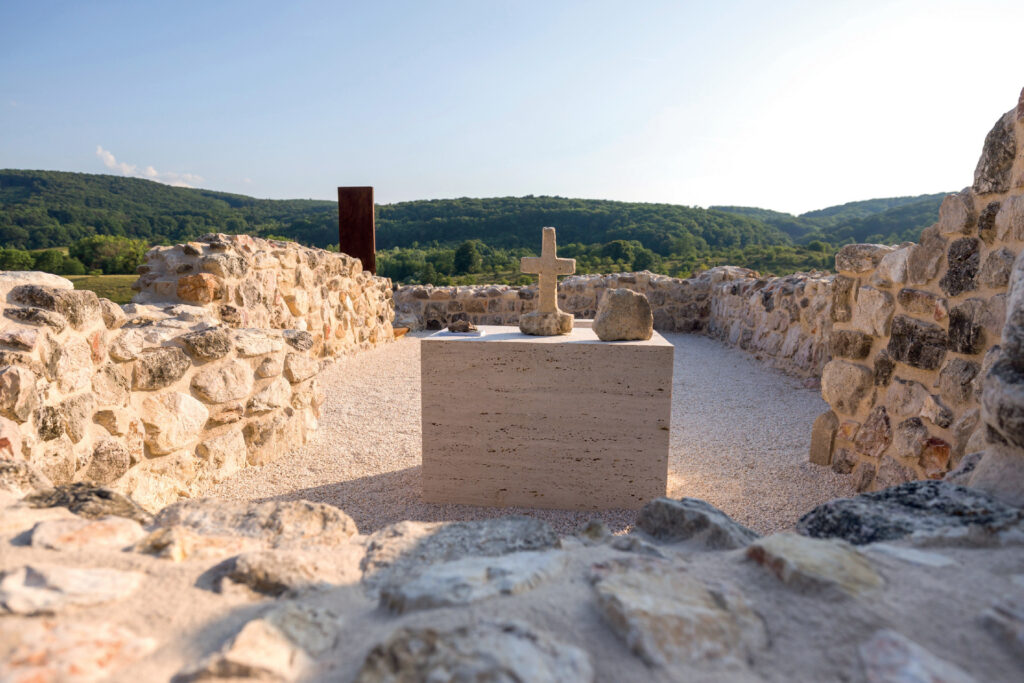
The sacred space is served by a newly inserted stone block altar and stone bench, facilitating personal tranquillity, physical and spiritual recharging. To mark the gateway, an L-shaped Corten steel element has been installed, with a vertical accent to mark the ruin from a distance. The monument plaque is placed on this steel bar, and visitors will also find there the log book of the ruin (hidden in the plaque).
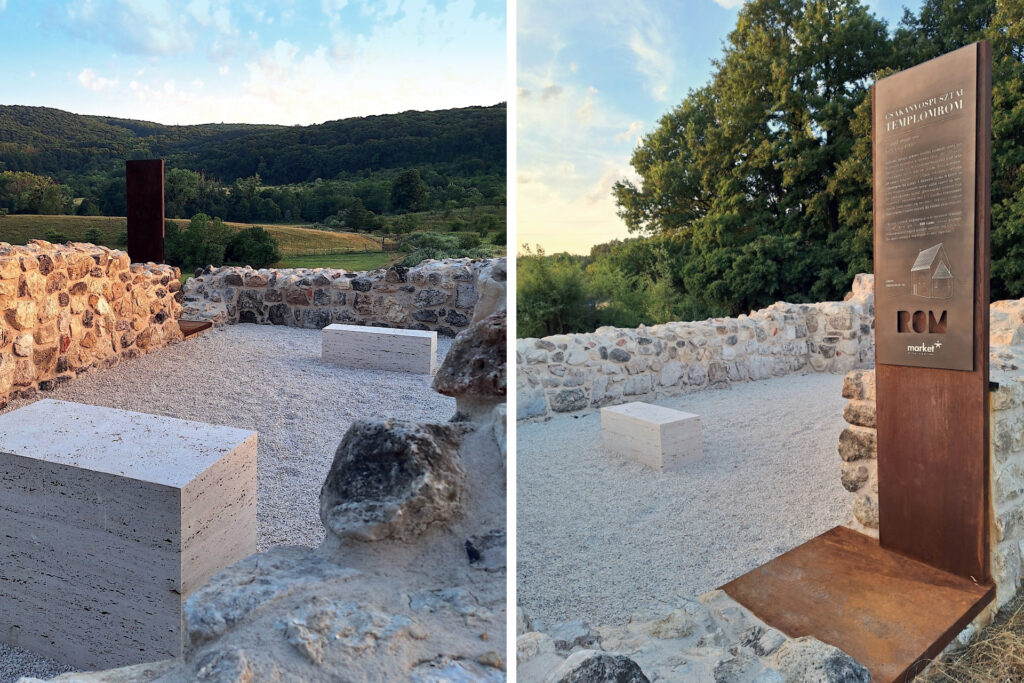
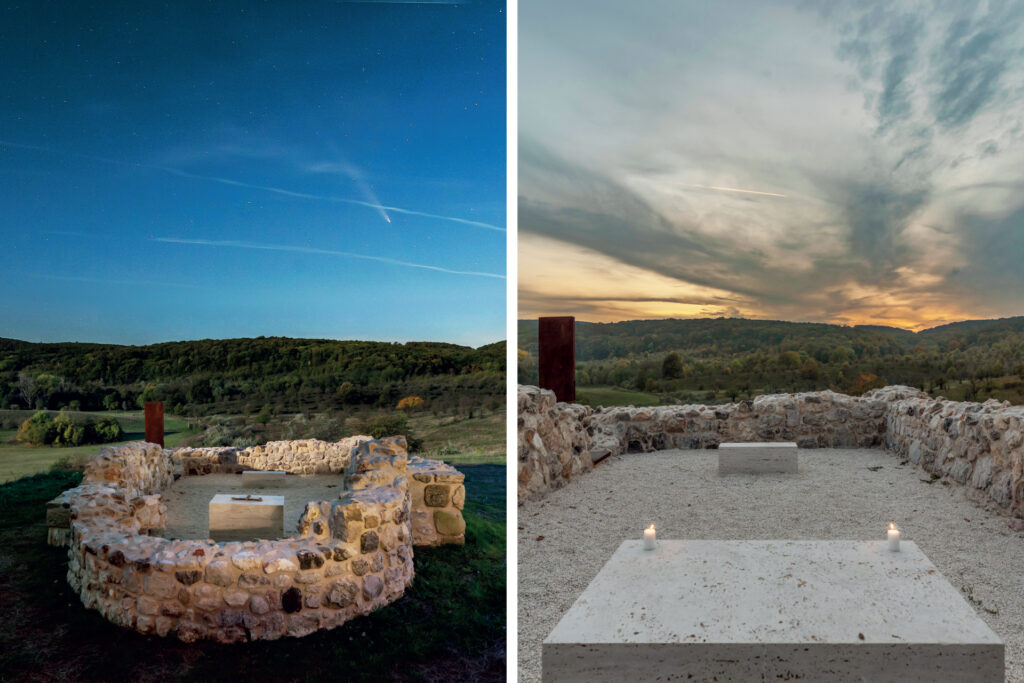
As part of the environmental works, a fire pit was built next to the church ruins and an information board was erected at the junction of the access road, providing information on land use, the ecological values of the landscape and archaeological science.

Values of the ruin landscape
Csákányospuszta, which has belonged to Tatabánya since 1947, is hiding on the northeastern edge of the Vértes Mountains, on the outskirts of the village of Szárliget. Also known as the ‘gateway to the Vértes’, the hamlet is a popular starting point for hiking, cycling and horse-riding tourism in the region. The area is also crossed by the National Blue Trail, the St. Mary’s Way and the St. James’ Pilgrimage Route. The Natura 2000 nature reserve of the Danube-Ipoly National Park is home to several special protected species. Among the birds, there are the bee eater and the Eurasian wryneck, and among the reptiles, the green lizard is worth mentioning and with a little luck visitors can observe all of those species.
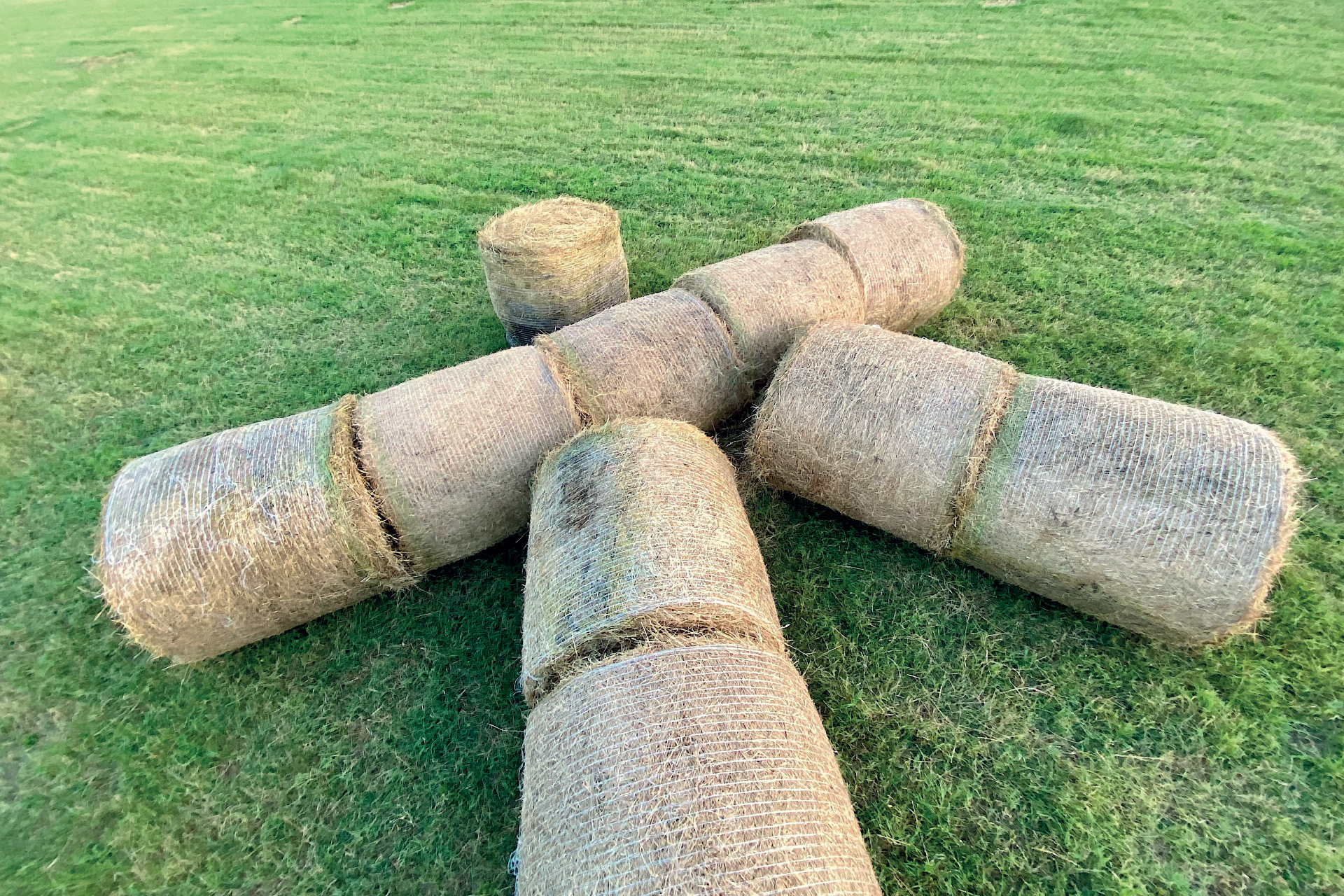
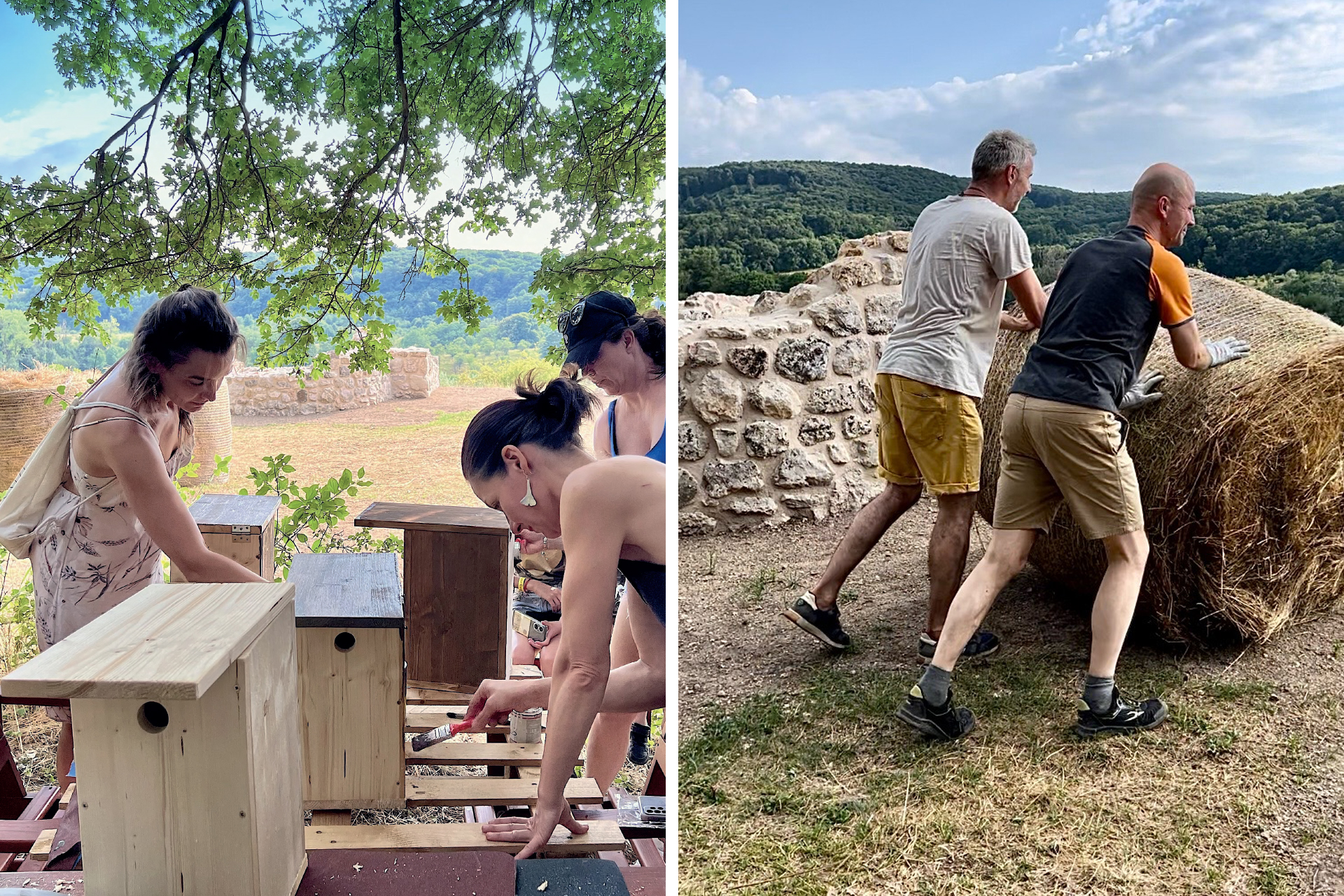
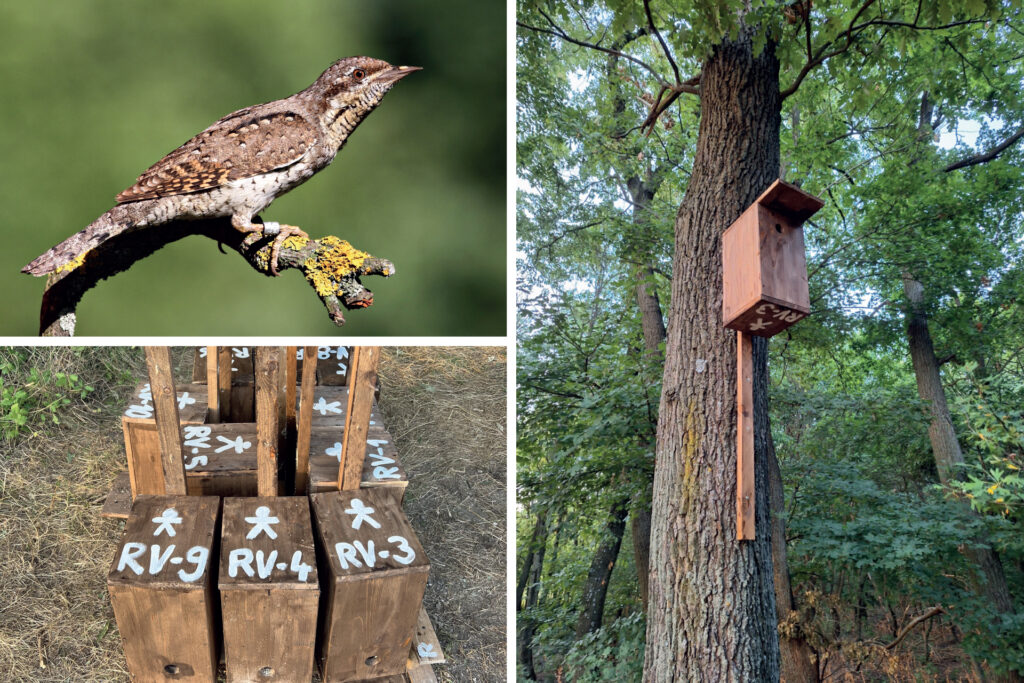
Corporate volunteering
In addition to the involvement of renowned experts, all the related tasks – from preparation to handover – were carried out with the participation of Market Építő Zrt.’s volunteer staff.
The Volunteer Day involved a variety of activities:
- On behalf of the Danube-Ipoly National Park, under the professional leadership of Antal Klébert, nearly 20 employees of the company built 10 bird boxes for the protected Eurasian wrynecks.
- Straw was spread over the ruin area to help reseed the lawn more quickly after the soil disturbance by environmental works.
- After the sunset, 144 candles were placed, spectacularly displaying the exact location of the 144 graves previously excavated.
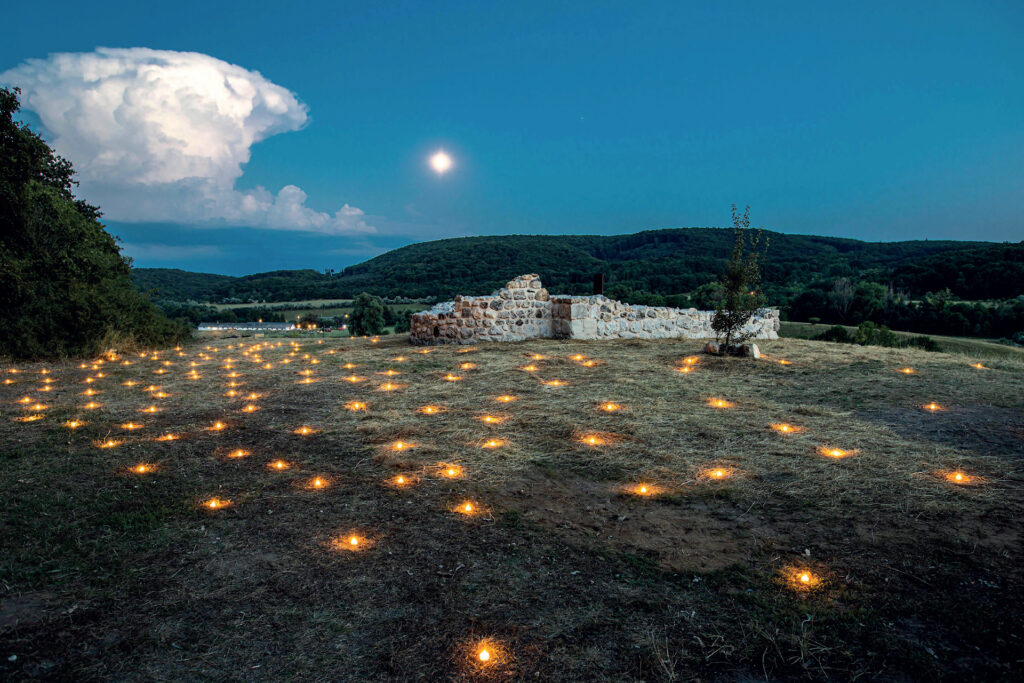
Thanks to the heritage conservation programme, the church ruins have been officially listed. Thanks to the selfless donation of the landowner György Zoltán Sármán, the area of the church ruin became the property of the Municipality of the County City of Tatabánya. That ensures long-term public accessibility, preservation of value and the possibility for further scientific research.
The forgotten church ruin is now a living sacred space again.
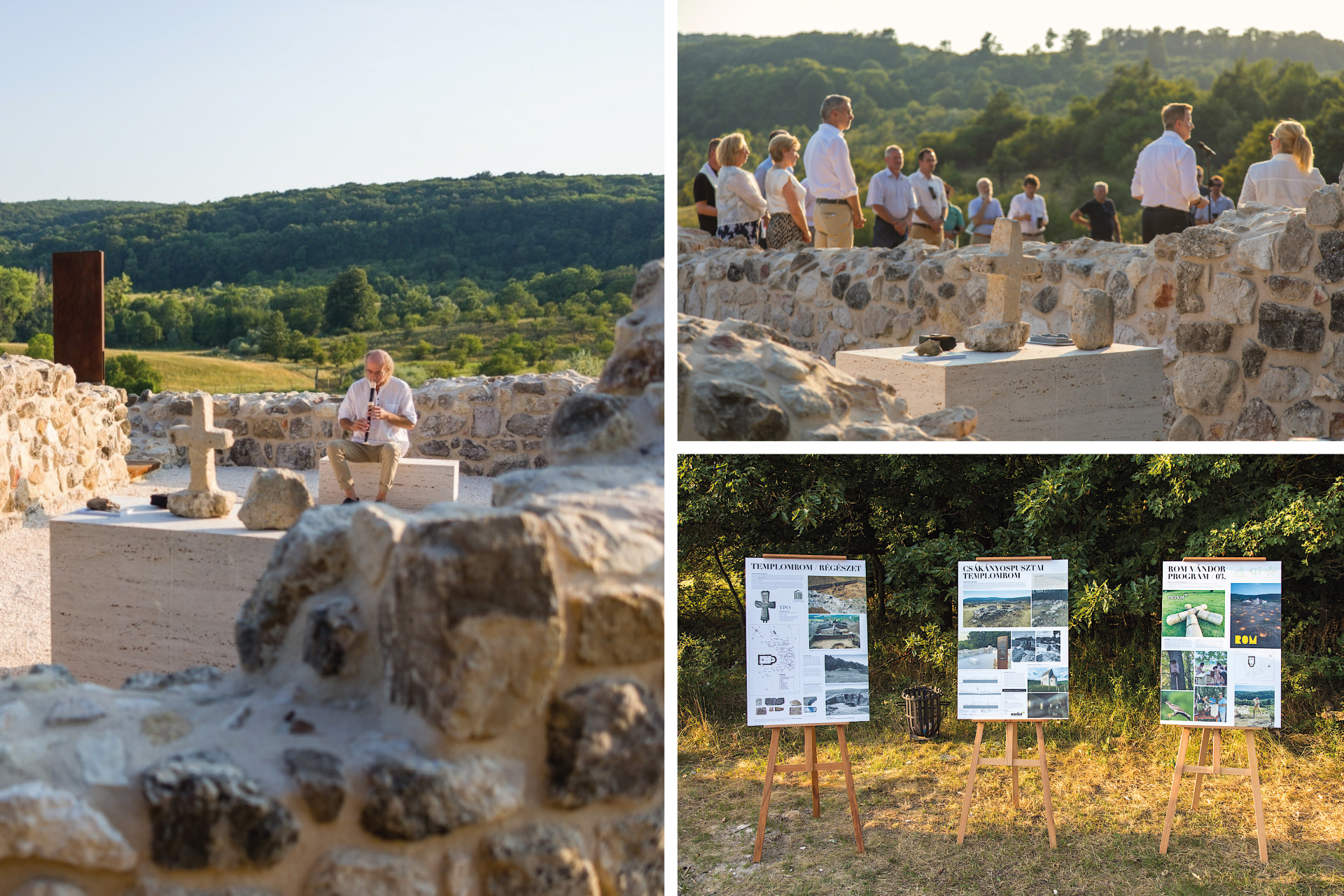
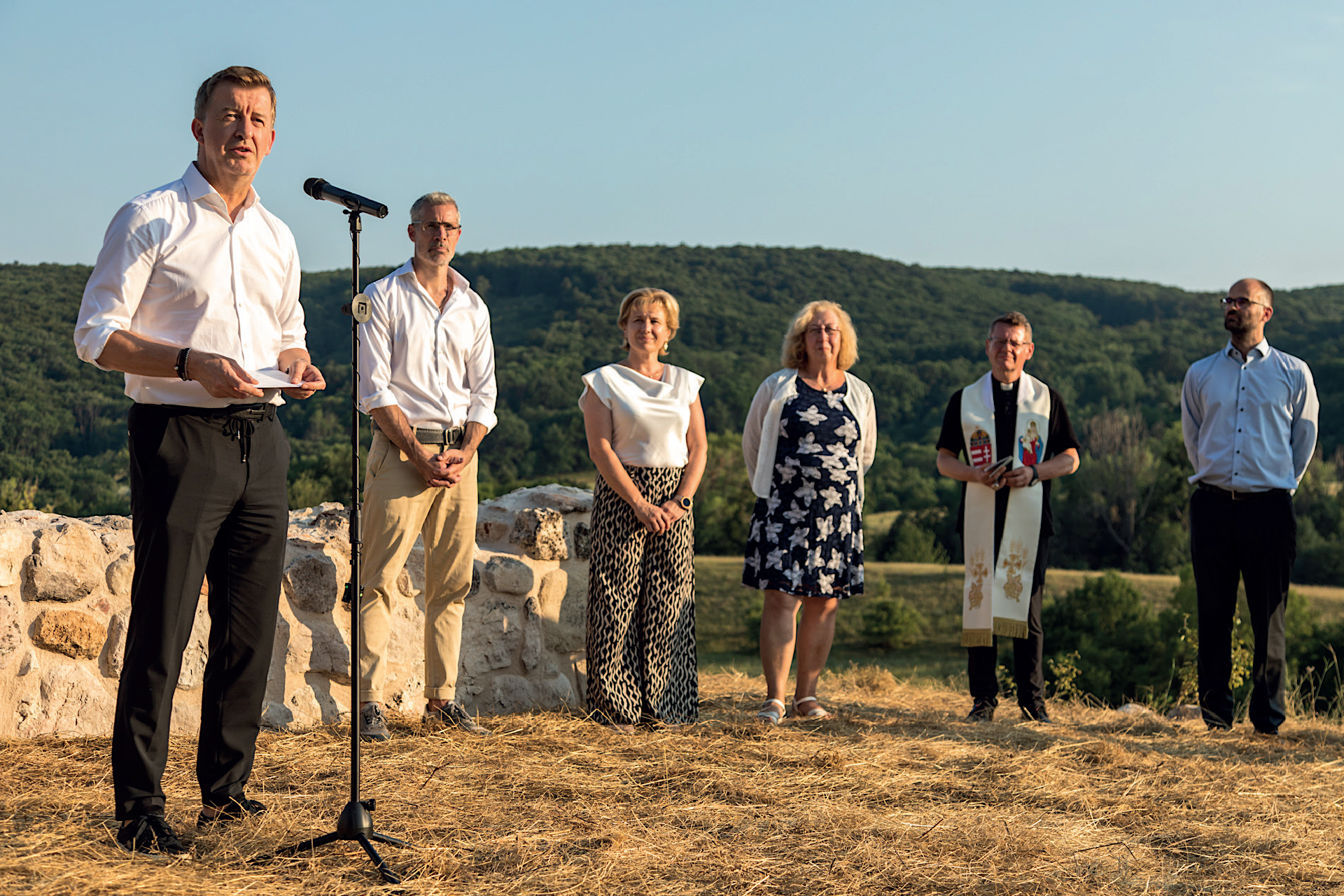
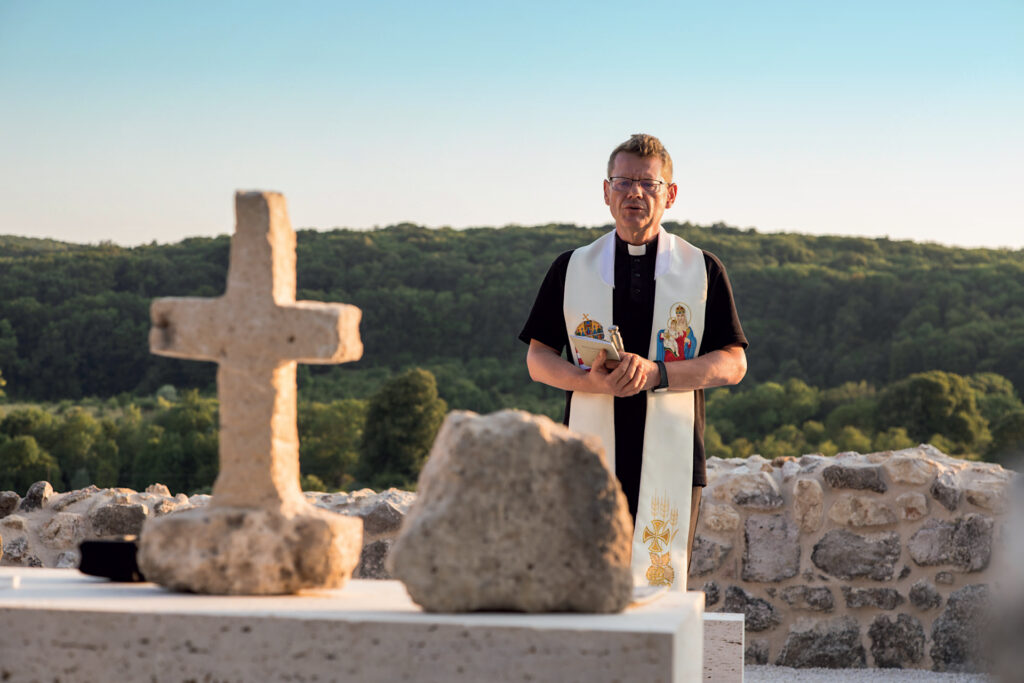
Ruin ceremony
The ceremonial handover of the renewed ruin site took place on 18 July 2024, with speeches by Lóránt Perényi, Deputy State Secretary for Architectural Strategy at the Ministry of Construction and Transport, Sándor Scheer, CEO of Market Építő Zrt, Gabriella Pál, Director of the Tatabánya Museum, Mrs Ilona Szücsné Posztovics, Mayor of Tatabánya, and Péter Belecz, Programme Director of ROM Vándor.
By saving tangible and intangible values, the ruin was reborn. Its long-term survival now depends on the care of the region’s public, professional and civil society organisations.
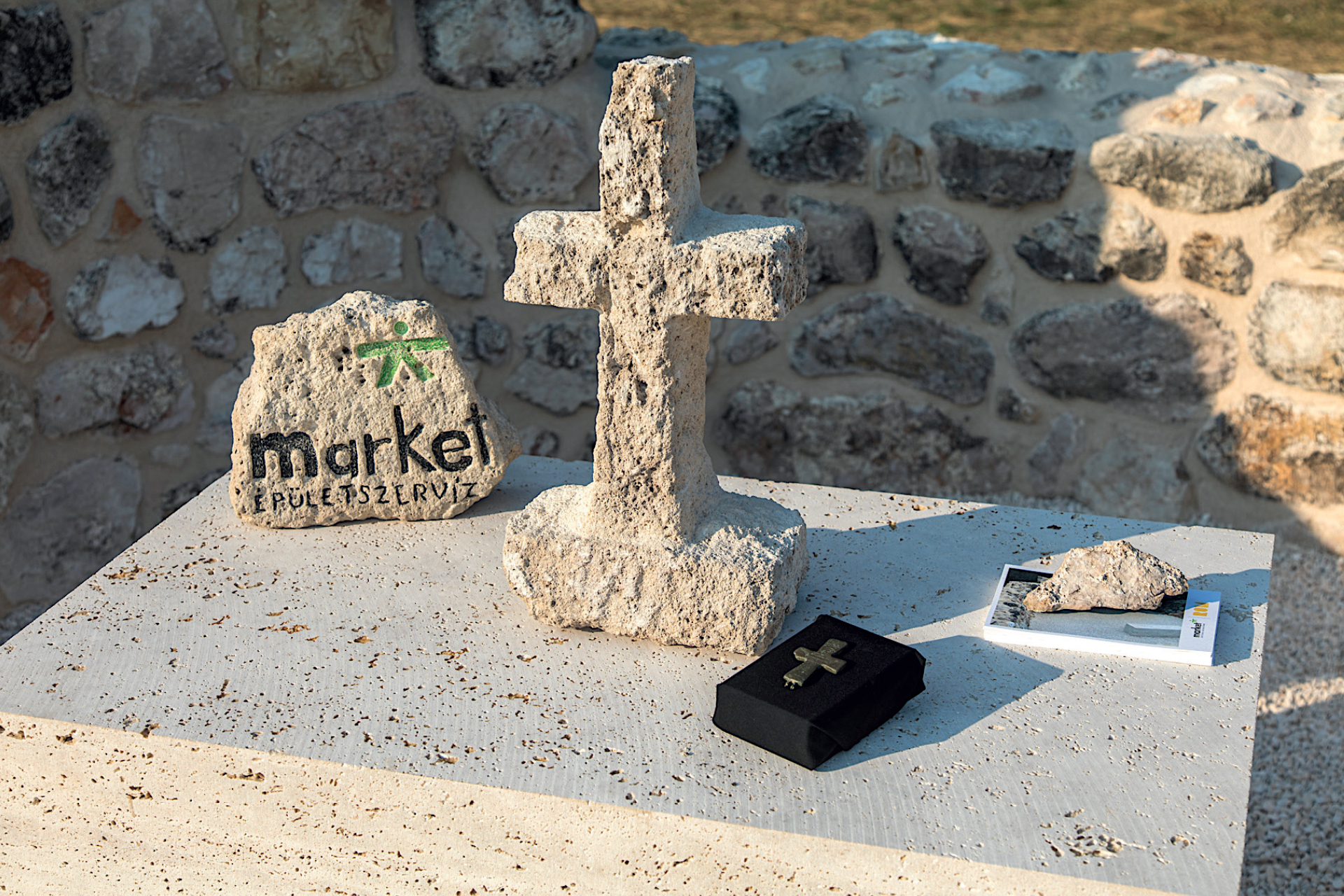
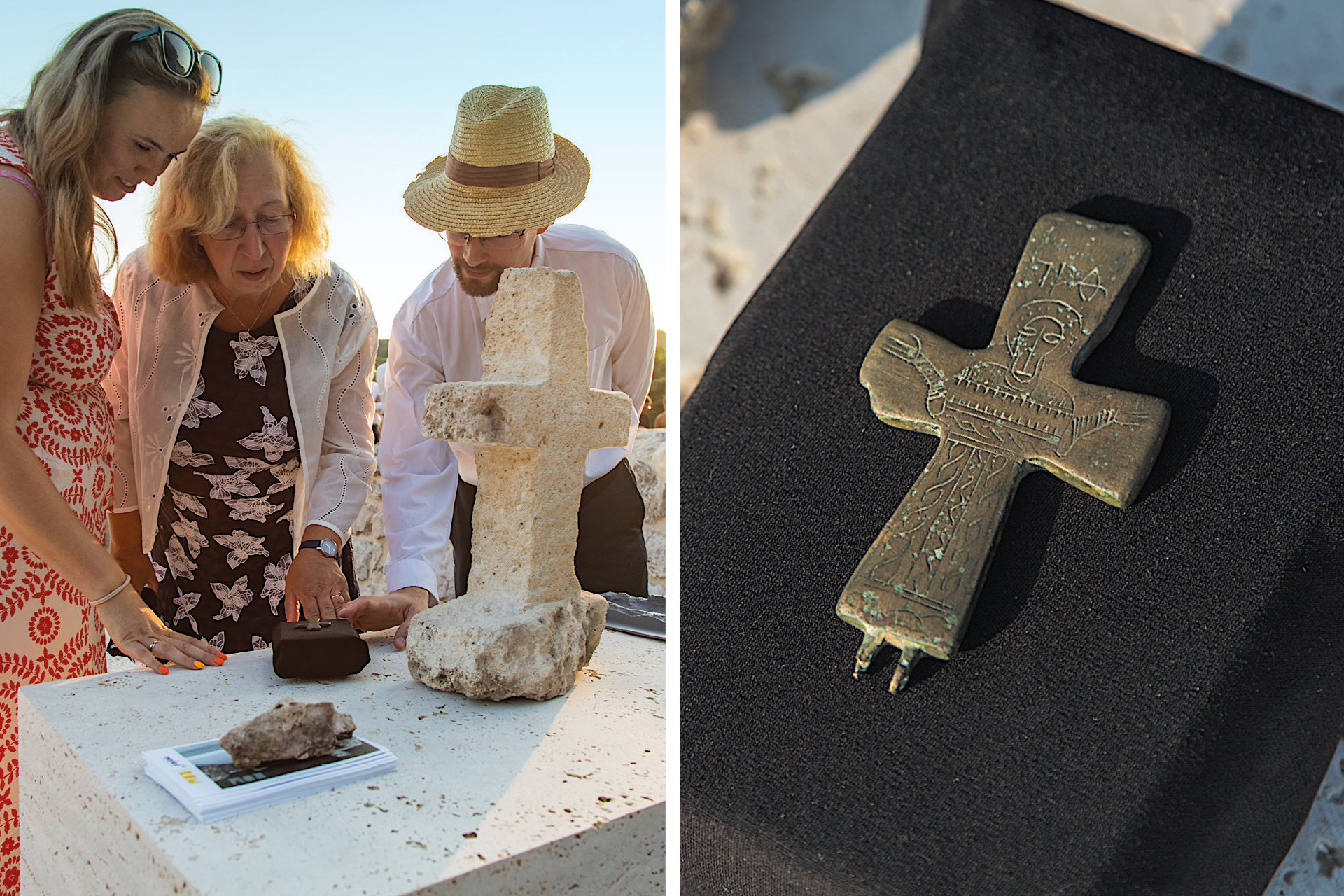
The inauguration of the ruin church received national press coverage, which helped to spread the word about the programme site to a wider audience.
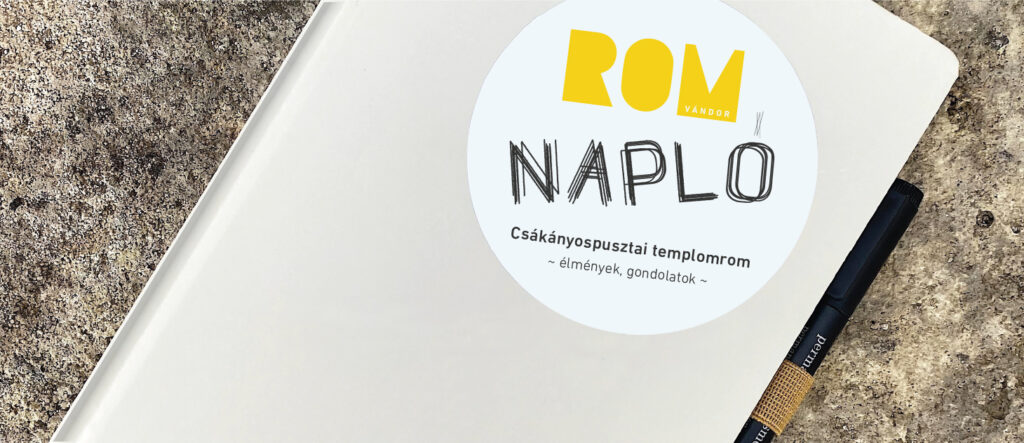
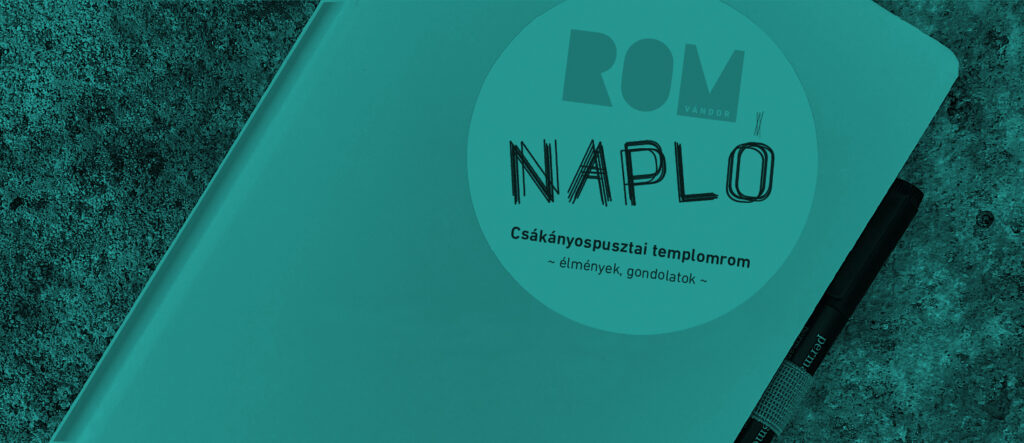
ROM Vándor Programme 03 / Csákányospuszta
Main contractor and programme financier: Market Építő Zrt.; Programme director: Péter Belecz; Project manager: Tamás Krenn; Site manager: Tamás Szabadosi; Technical estimation engineer: Ágnes Jung; Corporate social engagement: Edit Nagy
Partners
Desgin: Lead designer Bálint Kelemen (KÖZTI); Scientific documentation: Ádám Arnóth, Gergely Patak; Archaeological partner: Tatabánya Museum, János László; 3D point cloud, orthophoto: Tibor Szappanyos / Kvalitron Kft.; Historic mortar: MAPEI (Antique Allettamento),
Kivitelezés
Market Épületszerviz Kft., OKM Kft., T-Brass Kft.


